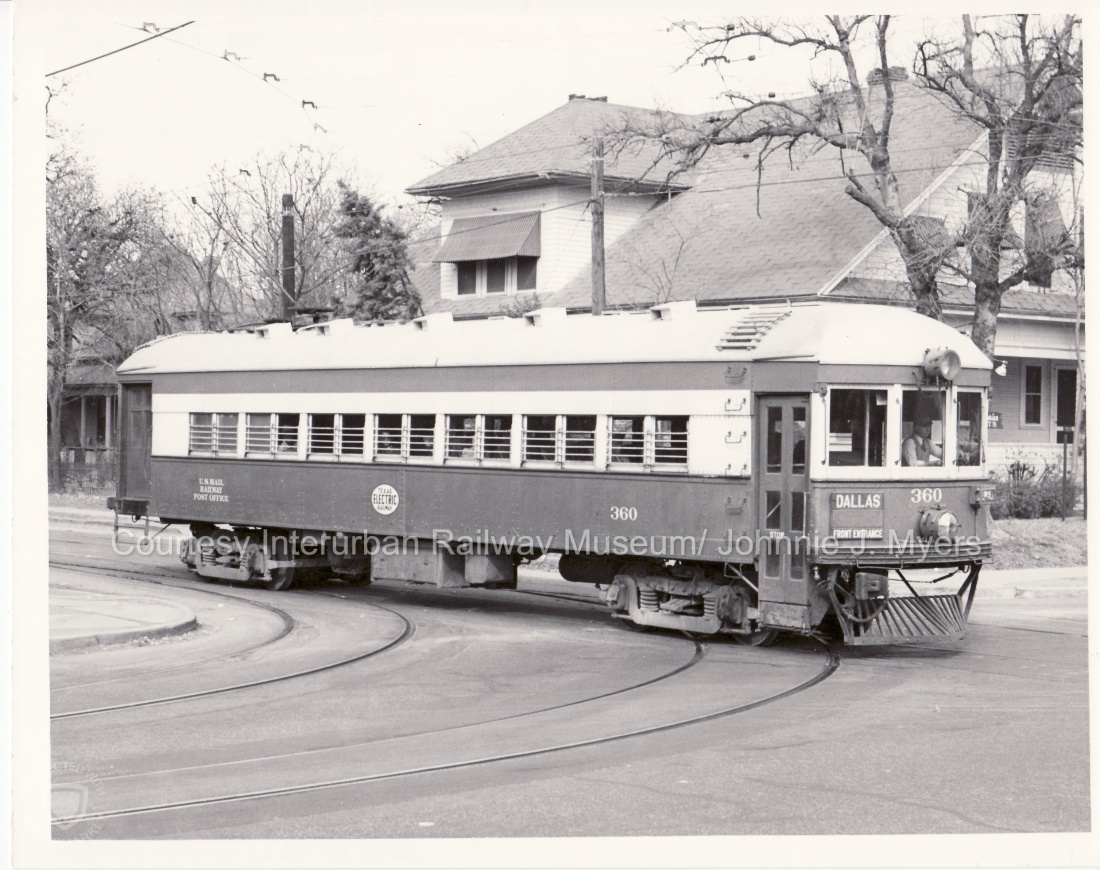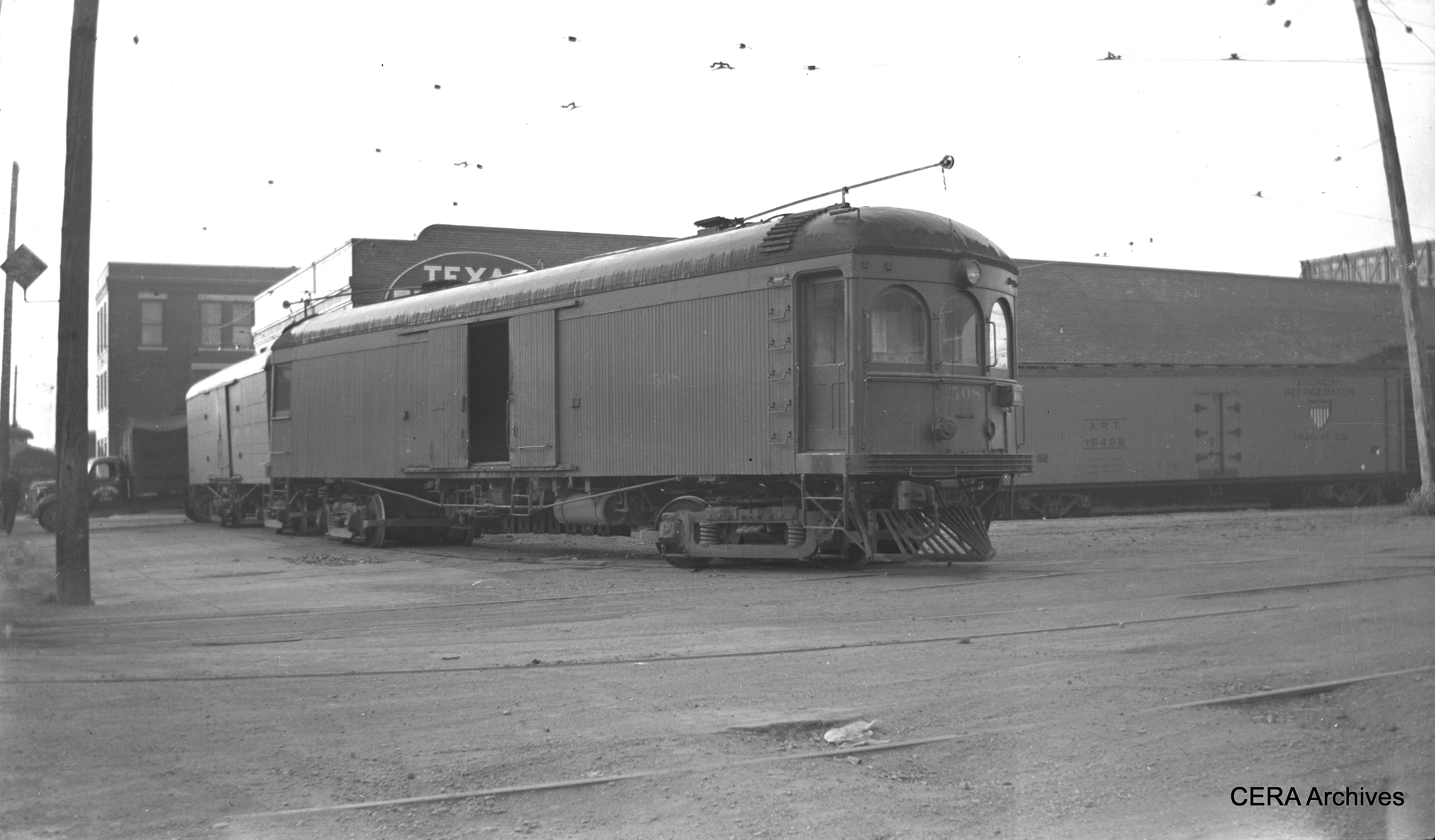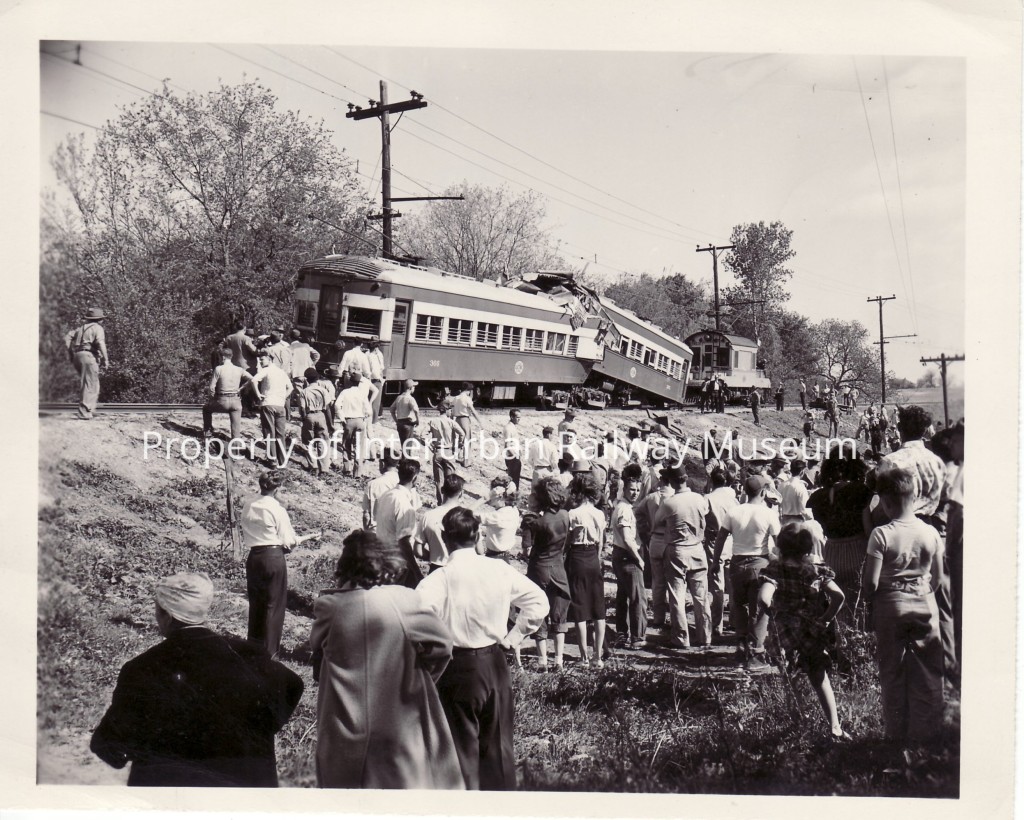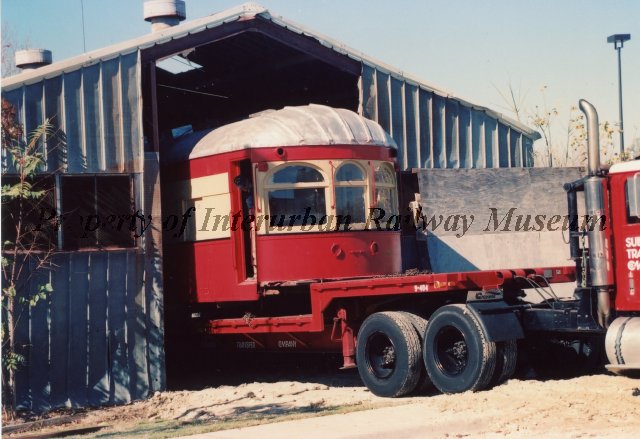Welcome back to part two of the Texas Electric Railroad Saga! When we last left what was once the largest electric railroad in Texas, the TER had just gone under due to severely decreased passenger use and a massive labor strike that the company could not recover from. Today, through the eyes of the only survivor of the TER, we look at not only the many car classes she encountered, but also how she ended up as one of the last cars of the TER. Grab a cup of Texas tea and a slice of Texas toast, because this is big finale of the TER saga!
-----
 |
| Texas Electric Railway No. 360 hard at work, in service. (Interurban Railway Museum) |
The Texas Electric Railroad fleet were made up primarily of single-ended steel interurbans built by the American Car Company of St. Louis, MO, and the St. Louis Car Company. The earliest examples, part of St. Louis Car Order 758, were delivered to the Texas Traction Company as numbers 1 and 2, later TER 355 and 351, respectively. The latest examples were delivered in 1920 by St. Louis Car as part of order 1223, and all were built to the same pattern of 1200V "Local Type" two-man passenger motors.These displaced wooden cars of the original Denison and Sherman Railway built by the Jewett Car Company.
 |
| An unknown Texas Traction Co. interurban car crossing Ervay Street heading for Fort Worth, 1910s. (Karmic Cowboy) |
The one we know today as No. 360 was originally built by the American Car Company in 1911 as Texas Traction Company No. 11. Her specifications, shared across the whole railway, consisted of a 56-foot, 10-inch length with a passenger compartment seating 62 people. Her General Electric 4GE73 motors generated 300 horsepower that gave her an intense turn of speed on her two Brill-built trucks, giving her a top speed of 45 miles an hour (just about standard for a non-high speed interurban). In 1914, to meet the growing importance of the Railway Post Office contract, she was renumbered as TER 360 and rebuilt with a post office taking up her front half.
| Lines of wheels at the Monroe Shops, with one of the homebrew freight motors next to Car No. 305. (Unvisited Dallas) |
The roster of 1910s cars remained the same, even into the 1920s, as 360 and her brothers and sisters remained hardy enough to stand the ravages of constant service. When they needed maintenance or repairs, the Monroe Shops was the place to go. Here, every car of the Texas Traction Company and the Southern Traction Company were re-lettered to reflect their new identity and, in 1934, be rebuilt as "One Man" cars to save on labor costs, an often-controversial measure which electric railway labor unions balked at. Monroe Shops also outfitted some deluxe cars in 1925 as part of the "Crimson Limited" named horserace service from Fort Worth to Cleburne, which originated from the Texas Traction Company.
Monroe Shops also built their own "homebrew" electric locomotives (Classes A, B, and C) to satisfy the growing demand for freight power, and they were certainly more than just "flatcars with a cab." These were originally all built from wrecked or scrapped passenger cars, such as Class B No. 904, originally TER 325 until it was burned in 1934 and recycled into a steeplecab. Around the city, local "Less than Carload" (LCL) traffic was handled by freight motors built by American Car Company and St. Louis from pre-merger fleets dating back to 1913, some of them made out of rebuilt trailers. Due to the City of Dallas clamping down on TER's freight operations, the freight motors found more use hustling short trains around the city than the homebrew locomotives.
 |
| Freight Motor No. 508 hustles an express trailer onto the street, 1941 (CERA Archives) |
 |
| Dallas & Railway Terminal Co. No. 620 just after delivery, at speed on the Ervay-7th Line, 1946 (Richard H. Young) |
 |
| Onlookers observe freight motor 953 pulling wrecked car 365 from 366. Note the crush damage and slight telescoping. (Interurban Railway Museum) |
 |
| Car 360 emerging from her barn for transport to Plano, 1988 (Interurban Railway Museum) |
 |
| Car 360, fully restored and in her new shelter at Plano, restored to 1948 condition. (Michael Barera) |
-----
Thank you very much for reading! You may notice I've left out plenty in my retelling of history, but the Interurban Railway Museum has such a vast archive of interesting stories and photos on both their own blog and their archives collection that one could get lost being in there so much, kind of like myself. If you would like to find out more about any of this, please visit their website and donate to help them keep being supported through this rough time of indefinite closure. I am not a paid spokesperson, just a really avid motorman looking to support the museums that deserve it. Next week, we finish off the El Paso streetcars and then take a brief glimpse into the modern day light rail systems in Dallas! Until then, you can follow myself or my editor on twitter if you wanna support us, and maybe buy a shirt as well! Ride safe and ride proud!

No comments:
Post a Comment